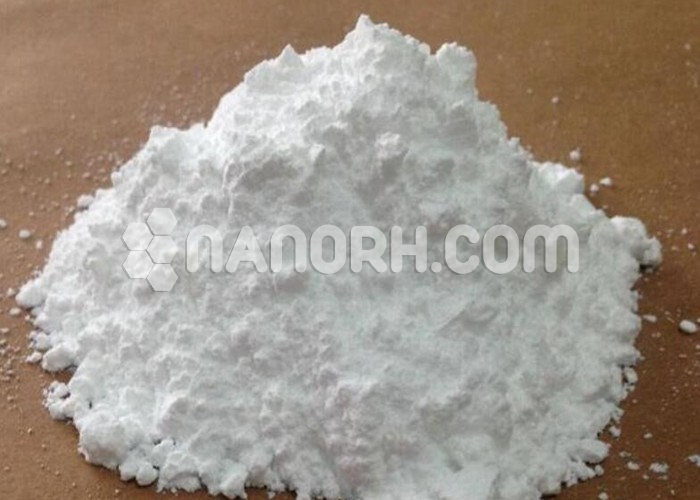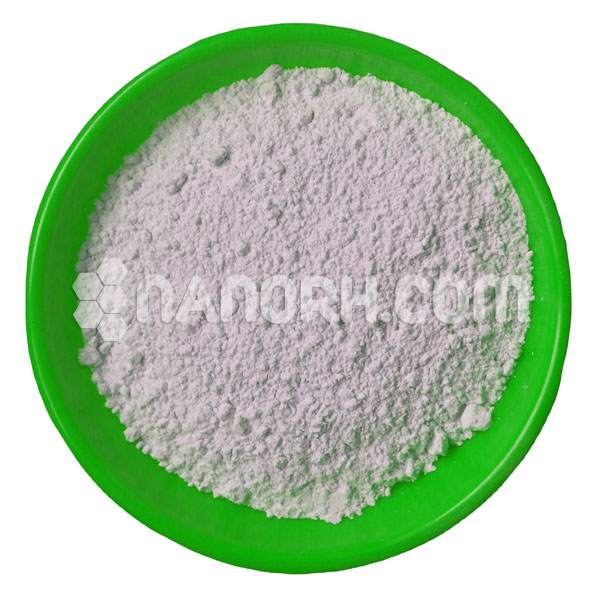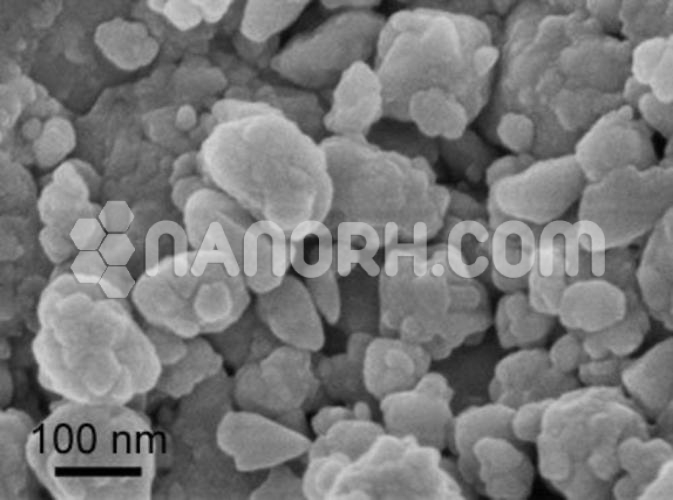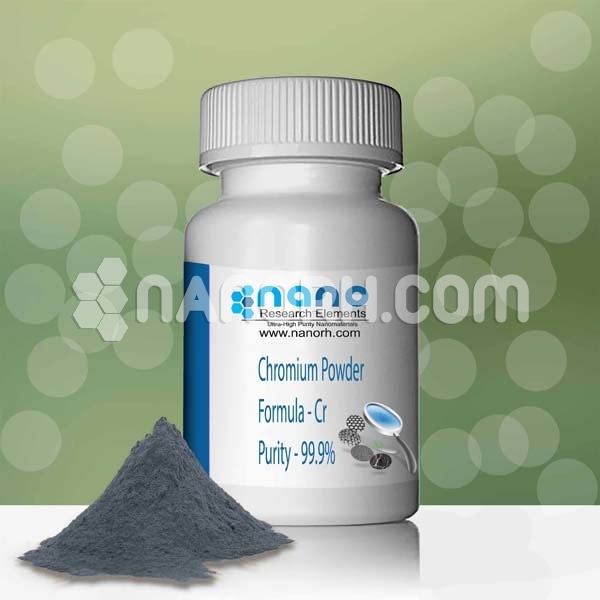| Amorphous Silica Powder | |
| Product No | NRE-10071 |
| CAS No. | 7631-86-9 |
| Formula | SiO2 |
| Molecular Weight | 60.08g/mol |
| APS | <40um(can be customized) |
| Purity | 99.9% |
| Density | 2.196g/cm3 |
| Color | White |
| Melting Point | 1713°C |
| Boiling Point | 2950 °C |
Amorphous Silica Powder
Introduction
Amorphous silica Powder also known as silicon dioxide (SiO₂), is a non-crystalline form of silicon dioxide, which is one of the most abundant compounds in the Earth’s crust. Unlike its crystalline counterpart (quartz), amorphous silica does not have a regular atomic structure and lacks long-range order. It exists in various forms, including silica gel, fumed silica, and precipitated silica, depending on how it is processed.
Applications:
Food and Beverage Industry:
Anti-Caking Agent: Amorphous silica is commonly used as an anti-caking agent in powdered foods, such as powdered milk, salt, and spices. It helps to prevent clumping by absorbing moisture and keeping the powder free-flowing.
Clarification and Filtration: Silica powder is used in the food and beverage industry for filtering and clarifying liquids, such as wine and juices, where it helps remove impurities and particles.
Pharmaceuticals:
Flow Agent in Tablets: Amorphous silica is used as a flow agent in the pharmaceutical industry to improve the flow properties of powders during tablet manufacturing. It prevents clumping of active ingredients and helps ensure uniform tablet content.
Encapsulation: Silica is also used in drug formulations to enhance the release profile of certain drugs, particularly in sustained-release tablets or capsules.
Industrial Applications:
Refractory Materials: Silica powder is used in the production of refractory materials that can withstand high temperatures, such as furnace linings, kilns, and mold coatings. It contributes to the heat resistance and structural integrity of these materials.
Rubber and Plastics Industry: In the production of tires, rubber goods, and plastics, silica is used as a reinforcing filler. It improves the mechanical properties, durability, and resistance to wear and tear. It also enhances the performance of rubber in extreme conditions, like high heat and friction.
Catalyst Support: Due to its high surface area, amorphous silica is widely used as a support for catalysts in chemical reactions, including petroleum refining and other industrial processes.
Electronics and Semiconductors:
Insulating Materials: Amorphous silica is used as an insulating material in the electronics industry, particularly for semiconductors, capacitors, and resistors. It helps to prevent electrical conductivity where it is not desired.
Silica-based Composites: It is also used in the production of silica-based composites, which are used in various electronic components.




